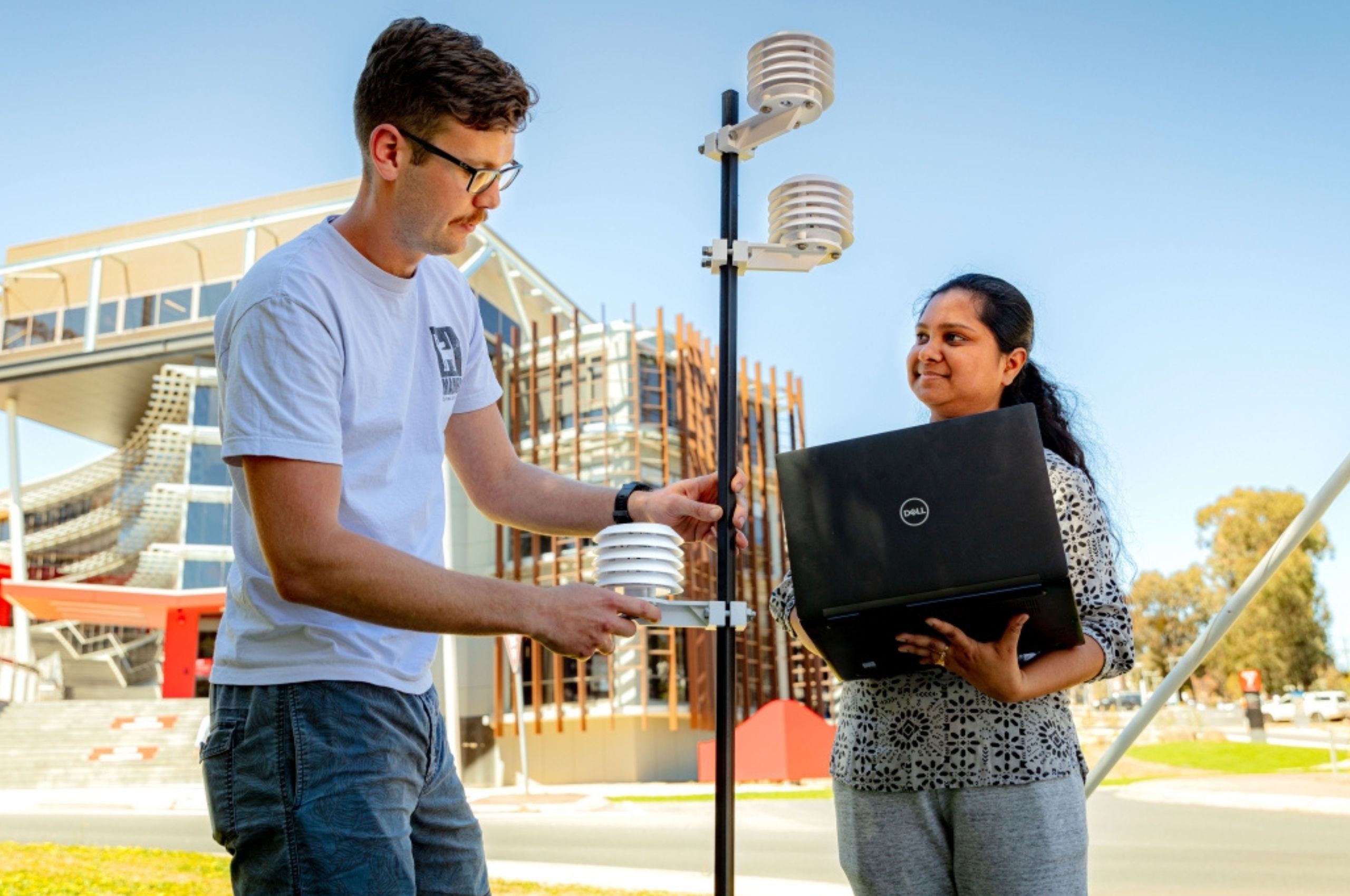BEST Centre

La Trobe’s BEST Centre leads collaborative innovations in biosensor technology.
Partnership at a glance
- The BEST Centre at La Trobe University brings together experts from various fields to advance biosensor development
- The centre emphasises community engagement and translational research, aiming to create biosensors that address real-world challenges
- Biosensors developed at BEST act as portable laboratories, enabling rapid, on-site detection of diseases, pollutants, and pathogens, particularly useful in remote or resource-limited areas
- BEST Centre supports private companies through the entire biosensor development process, from grant applications to prototype testing.
Case study
At the Biomedical and Environmental Sensor Technology (BEST) Centre at La Trobe University, a coffee break can be a time to share diverse experiences. From chemists to biologists, and electrical engineers, the centre brims with experts dedicated to excelling in biosensor development.
Biosensors have become increasingly popular and are rapidly advancing the frontiers of biomedical and environmental applications because of their simplicity, high sensitivity, specificity, and ability to provide real-time monitoring. These analytical devices detect biological or chemical reactions and convert them into measurable signals.
But, developing a biosensor is a complex task that requires a wealth of multidisciplinary expertise.
As Dr Saimon Silva, the Deputy Director of the BEST Centre points out, "It's impossible to do it on your own."
From detecting and monitoring diseases to picking up pollutants and pathogens in the environment, biosensors are like portable, miniature laboratories that can be used on-location, rather than in a centralised laboratory. They are particularly valuable in situations requiring rapid and on-site analysis, such as during disease outbreaks or in remote areas with limited access to medical facilities.
One of Dr Silva's projects, called Bomb Detector, aims to provide timely access to coronary heart disease treatment in regional Victoria.
Last year, Dr Silva and his colleagues spoke with community members in Mildura to find out why rates of cardiovascular disease in remote locations are higher than in the big cities. They found that remote communities often don't have access to screening tests. Samples need to be sent to specialised laboratories miles away, and it can take weeks to receive the results.
"Community engagement is very important for us," Dr Silva says.
While basic research is fundamental, our core focus is on translational research because we want our work to have a real impact on people's lives.
The multidisciplinary and state-of-the-art facilities make BEST Centre the perfect environment for growth and collaboration. "We bring together a diversity of disciplines across the whole development process—from biomarker discovery to manufacturing," he says.
As an industry partner, the BEST Centre offers support at every stage of making a biosensor. Researchers at BEST have participated in grant applications with private companies needing financial support to kick-start their projects, helped them answer research questions, and supported them in developing and testing prototypes.
"We want to become the national reference centre for biosensor research, open to collaboration with other centres across the country and the industry."
To learn more, visit Biomedical and Environmental Sensor Technology (BEST).